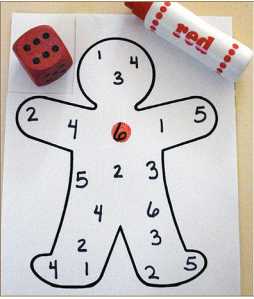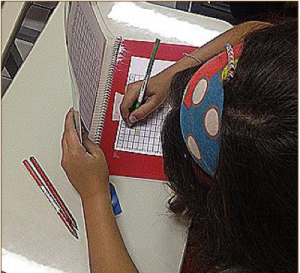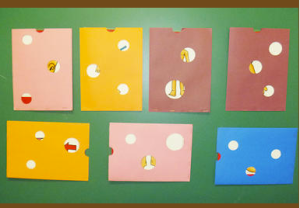If a student doesn’t learn the way we teach, we should teach them the way they learn.
I do understand the challenge we teachers have in our hands. Considering this saying, I caught myself thinking about it and how I could contribute. How can we manage to teach 10, 15 or even 30 different students?
Taking into consideration that we all have different learning styles, maybe the best way to teach is by having as many different approaches as possible. That said, teachers should know, beforehand, how to provide different kinds of input. You can add visual, auditory and kinesthetic activities in a varied way. Do not have students sitting all the time, or doing the same type of activity. Gardner’s theory is a bit more complex than that (and I might talk more about this matter in another post), but bare in mind that students are humans, who have emotions and, just like you, may need some help to find motivation. Fun is also a good way to catch students’ attention. Add music, video, art, and other kinds of resources to increment your class. And it’s also important to change the activity every 15 to 20 minutes, because of the attention span. Create a pleasant environment for learning, one that you would love to be a student and also remember to make it meaningful.




